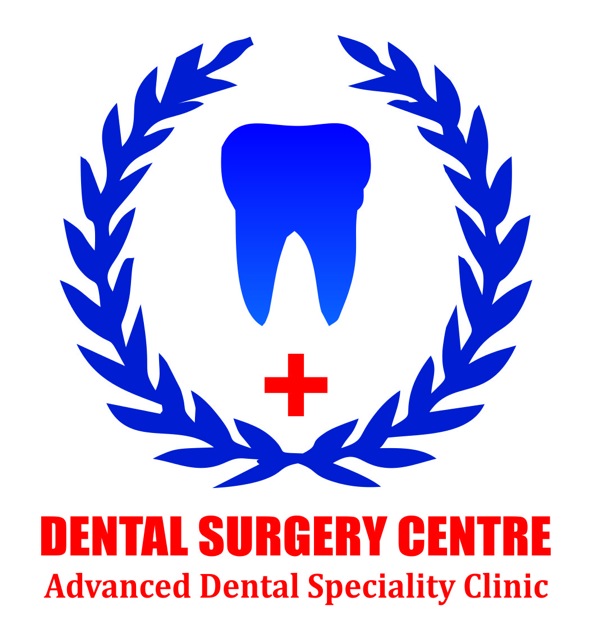ZYGOMATIC IMPLANTS

Are you not a candidate for dental implants due to lack of bone in the upper jaw, then Zygomatic implants might help you……A Unique Solution for Rehabilitation of the Severely Resorbed Maxilla !ics
“Zygomatic implants allow teeth replacement despite poor bone quantity”
Zygomatic Dental Implants are embedded into the cheekbones, elminating the need for bone grafting and/or sinus lifts prior to getting dental implants. A specially designed dental implant (up to 55 mm instead ofthe usual 10mm or 15 mm for normal dental implants) can be placed into the cheekbone (medically referred to as Zygoma) instead of the jaw bone, which benefits those who don’t have enough jaw bone to sustain regular implants.
After the long zygomatic implants are anchored on the upper jaw and inside the zygomatic bone, a provisional prosthesis can be fixed immediately.
Grafting procedures involving the severely resorbed maxilla have always been a challenge for both the clinician and the patient. Due to extreme bone loss in the maxillary molar regions, patients would normally have needed bilateral posterior bone grafts with sinus lift surgery. Hence, the possibility of an additional surgery with prolonged treatment time.
The development of the Zygoma implant presents a unique alternative for patients who wish to avoid bone grafting, sinus lifts and still get dental implants, as the implants can be placed in areas with only single surgical procedure and eliminates the need for grafting
Zygomatic implants, also known as zygoma implants, are extra-long type of dental implants dentists and oral surgeons place in the upper jawbone (maxilla) of patients affected by very poor bone quantity. The scope is to support a fixed teeth arch (all dental elements replacement) or 2 to 5 unit bridge (partially edentulous people).
Zygomatic implants anchor to the zygoma bone (cheek bone) independently of the jawbone quantity you lost that’s why they are a good alternative to pre-implant oral surgery such as bone graft or sinus lift.
Conventional dental implants need at least 10 mm of bone and they have to guaranty 35 Ncm torque to allow immediate load. With zygomatic implants you can have your new teeth in one day without the need to wait for the bone to regrow or to integrate in case of grafting surgery.
Here are some of the advantages of using zygomatic implants
- Avoidance of an additional surgery.
- Less duration of treatment
- The success rate, which, according to studies is of 100% after 5 years.
- bone grafting or sinus lift are not necessary.
It dramatically reduces the overall timeframe to reach the complete mouth restoration. - The risk of osseointegration failure decrease.
In fact, the cheek bone is much harder than upper jawbone and zygomatic implants are much longer and stronger; - The patient will never experience embarrassment because he/she will always have teeth in the mouth;
- The surgery can be done under local anesthesia ;
- People with severe upper jawbone atrophy can replace their teeth with implants instead of to continue with uncomfortable removable dentures.
- The patient aesthetics is equal to or better than the natural teeth because it is possible to adjust the color and the shape of the fake teeth.
Why is my jawbone not enough for implants ?
There are many different reasons why a person may not have enough bone to support standard implants to replace missing teeth. Here is a list of the most common:
Because you lost your natural teeth long ago so you are a long-time dentures wearer
As soon as you lose your natural dental due to different reasons, the soft tissue (gums) and the bone start to reabsorb. This is a natural and irreversible process.
The point is that our body doesn’t keep what is useless. The jawbone becomes useless because it doesn’t have to keep teeth in place any more. After a while, when you decide to replace your teeth with dental implants, the dentist has to check whether the remained bone in the upper jaw is enough to support titanium / zirconia screws or not. In the negative case bone graft is required before the conventional implant placement procedure.
After that you also have to wait for the healing (about 6 to 8 month). The last step involves the implants insertion and an additional healing time to allow the screws to integrate with the new bone (osseointegration).
As you can see it is a very long procedure and painful for many patients but not for all. So after at least 12 month and three surgical operation, you can have your new teeth in place.
Zygomatic implants dramatically reduce the time you have to wait because they can be placed and loaded within the same appointment (same day teeth) so you can leave the dental office with your new fake teeth.




